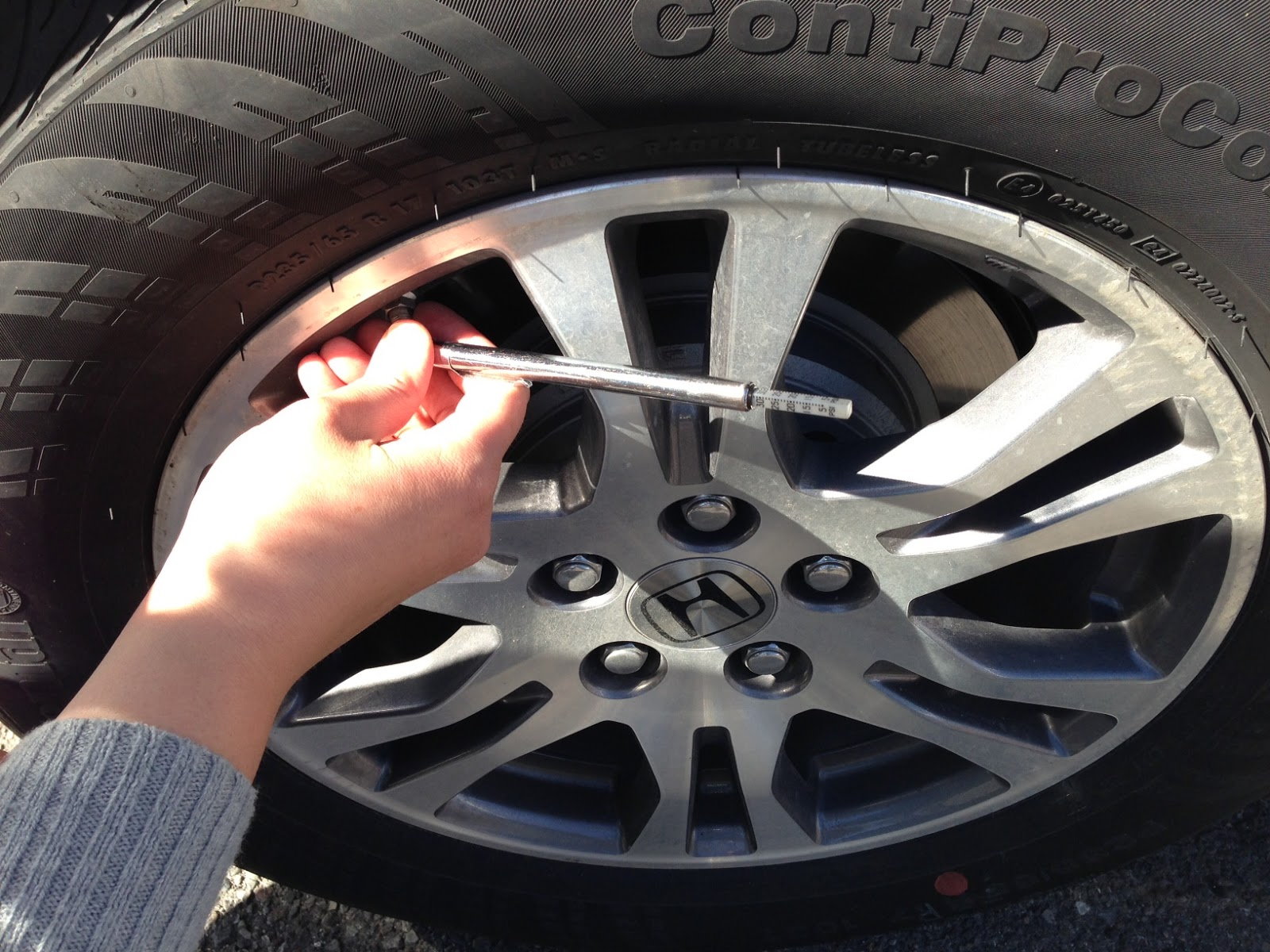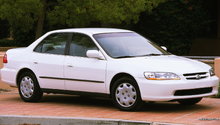Honda: How to Check Your Tire Pressure
Checking your tire pressure is an easy way to improve your ride, handling, and safety. Continue reading to find out how to do just that on your Honda Accord or Civic.
This article applies to the Honda Civic/Del Sol (1992-2000), and Accord (1990-2002).
As an important part of your Honda's maintenance, regularly checking the pressure of your tires can optimize the handling of your car, and also expand the life of your tires. In addition, you will avoid wearing out your tires and getting a flat.
Tire pressure is set by a number of factors, including the vehicle's weight and tire specifications. For passenger vehicles, the typical tire pressure starts at around 32 PSI (pounds per square inch). For your vehicle, set the appropriate tire pressures according to the manufacturer’s specifications. These can be located on the sidewall of the tires.
Unless you are carrying a lot of weight, the typical tire pressure values should be between 32 and 35 PSI. If you're carrying extra passengers and/or luggage, a value of 37 PSI might be better for keeping the tires cool. The higher the pressure, the stiffer the ride will be. Some people like to set their pressure by wetting the wheels, and observing the tread pattern it leaves when rolling across the garage floor. Depending on your driving conditions, these factors will help you to decide what pressure is best for you.

Materials Needed
- Tire gauge
- Air compressor
Step 1 – When to check the tire pressure
Tire pressures are best checked when the tires are cold, such as early morning before the sun hits them. Tire pressure expands with heat, so the tires that have been in the sun or have been driven recently will read a higher pressure. Rather than draining the air down to a recommended pressure, let the tire cool and then take the reading. Check the tire pressure once a month.
Step 2 – Check the tire pressure
Keeping your tires at the proper pressure will improve tire wear. The recommended pressure helps to bear the vehicle’s weight, and places the tread firmly on the ground. If the tread touches the ground more evenly, it will also wear more evenly. In terms of weight on the tire, the tire pressure as well as the sidewall strength combines to create a safe and stable situation. Tires that are under-inflated will heat up. So if enough heat is generated, the sidewall integrity is jeopardized, and you risk having a tire blowout. If all four tires are kept at the same pressure, the diameter of each will stay the same. This is important because all tires will spin at the same speed, at the same diameter.
To check your tires, remove the valve stem cap and evenly push the tire gauge firmly over the valve stem opening. When there is no sound of air hissing, the tire gauge is sealed to a point where the proper reading can be taken. Do this several times if necessary. Reset the gauge and read the tire pressure a second time.
The correct PSI is listed on the sidewall of the tire. If the pressure is too low, use an air compressor to further inflate the tire. If the pressure is too high, depress the valve stem with a blunt object to let some air out. Use the tire pressure gauge each time you add or remove air from the tire, and replace the valve stem cap once the correct PSI is achieved.

Figure 1. Look at the sidewall of a tire for correct PSI inflation pressure. 
Figure 2. Use a basic pressure gauge to obtain an accurate reading.
Related Articles
- How to Check Your Tire Tread - Honda-Tech.com
- Why are My Tires Wearing Unevenly - Honda-Tech.com
Related Discussion, Site, and Article
- Recommended Tire PSI - Honda-Tech.com
- How to Check Tire Pressure - DMV.org
- How to Align Your Tires - Honda-Tech.com






